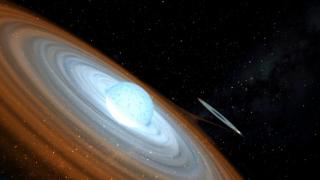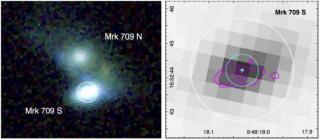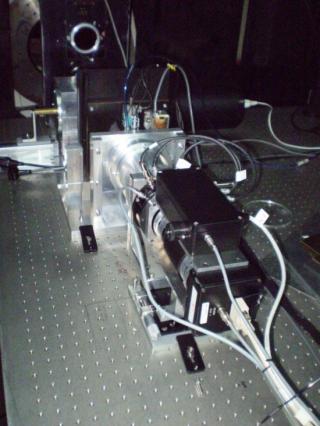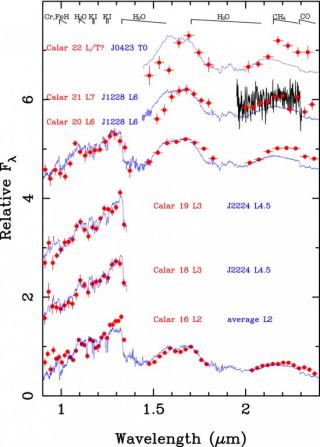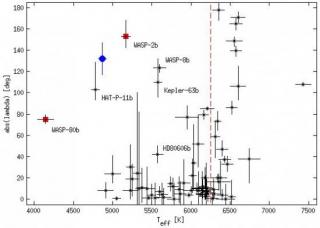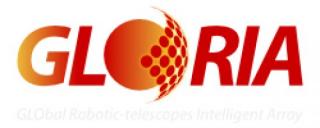
This program enables the user to establish a nexus on the web between the Universe and the significant events in the life of every person
Advertised on
This section includes scientific and technological news from the IAC and its Observatories, as well as press releases on scientific and technological results, astronomical events, educational projects, outreach activities and institutional events.

